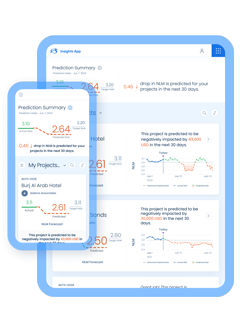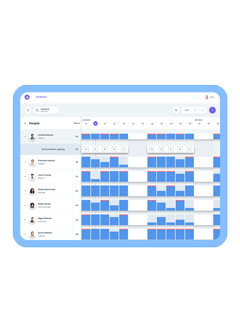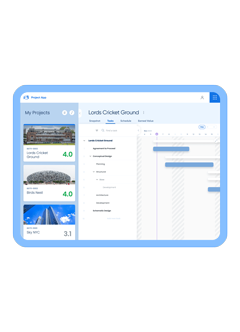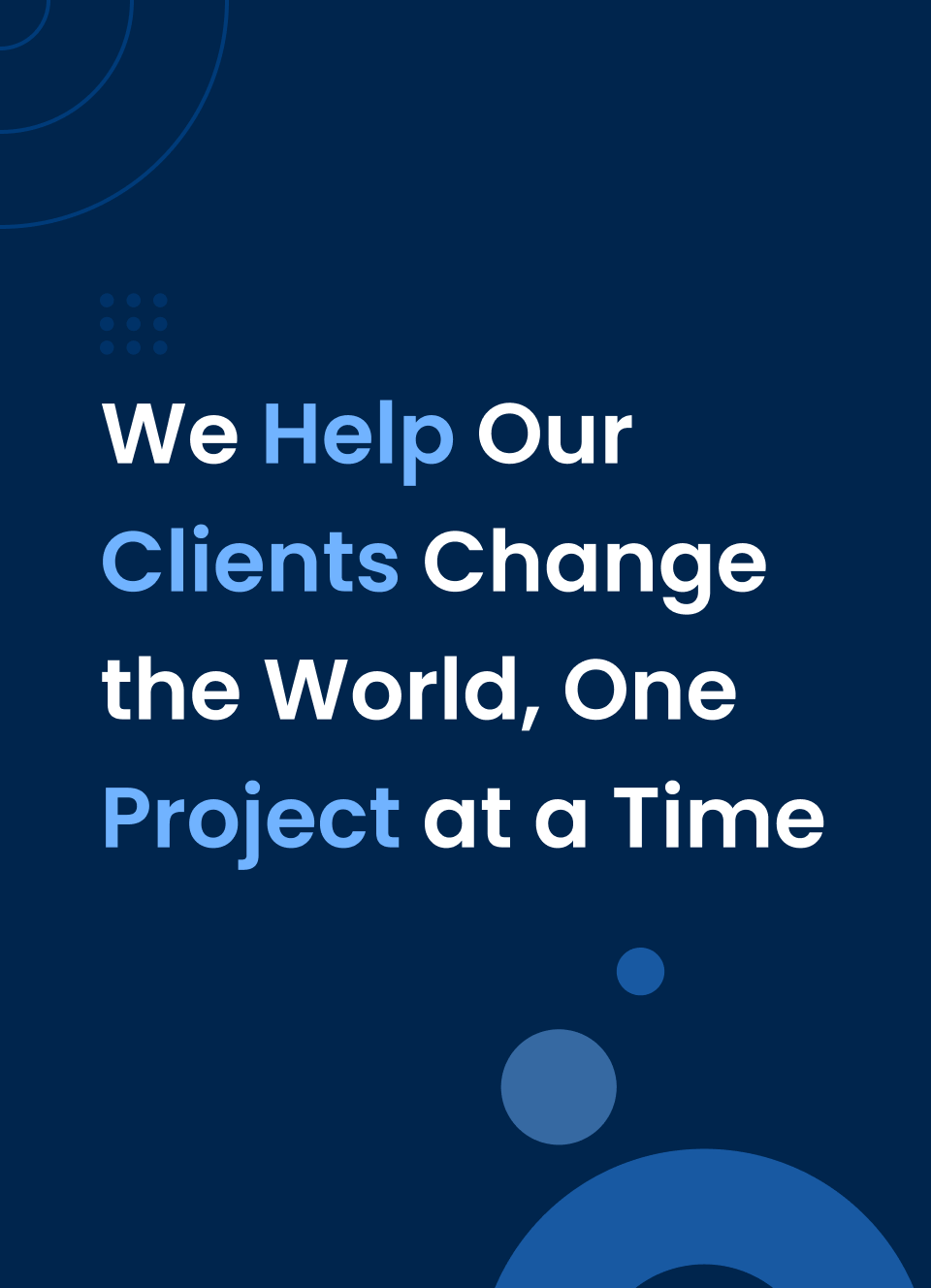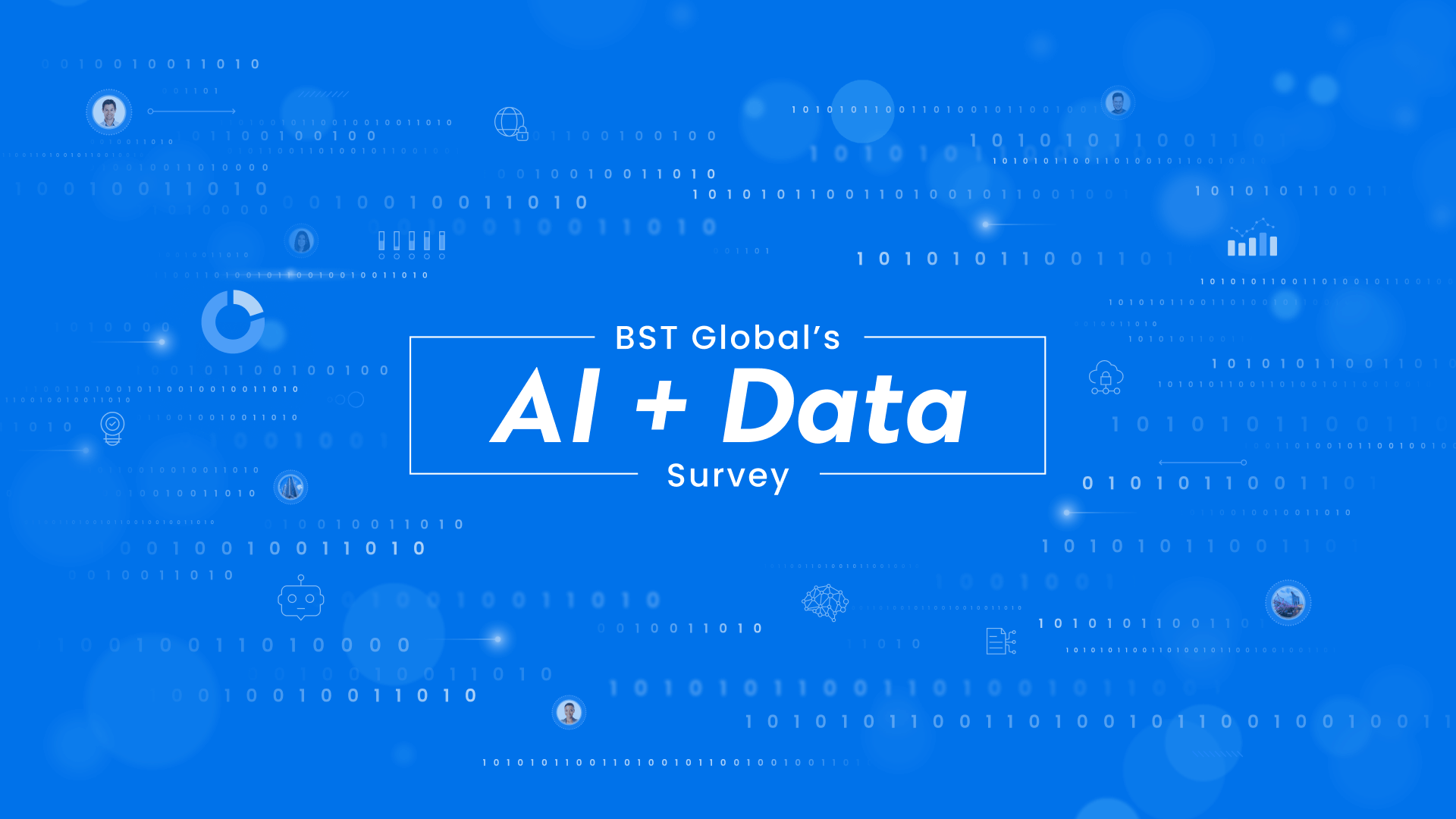Have you ever felt like you are swimming in a pool of sharks? Take back control of your software integration project and feel like the customer again.
It is a disadvantaged position to be reviewing a project plan from your software vendors trying to look for savings without being really sure if the cuts you are making are actually trimming fat, introducing risk, or destroying future shareholder value. Below are some things to think about when reviewing a plan and deciding if it will bring value to your organization beyond the basics of software integration.
Not all projects are created equal.
The shortest and least expensive plan often has unexpected costs that accumulate well into the future in the form of rework and possibly re-implementation, depending on the severity of the oversight created in an overly accelerated process. Gaining upper management’s support with a short-sighted or smaller estimate may make it much more difficult and possibly painful to expand the plan and cost expectations later in the project when additional needs or risks are discovered.
In addition to the unanticipated hard costs that could surface later, an under-developed implementation plan can also result in very damaging soft costs after go-live. A poorly planned project can result in attrition of employees, dislike of the new software, and loss of confidence in leadership at the front lines. To avoid these pitfalls, think about the following points when evaluating the integration project plan from your external software providers, consultants, or hired gun project managers:
- Does the plan allow time for data clean up? If the project is part of an acquisition, there is often overlap across the two companies of client and vendor data.
- Avoid Data Duplication – Data duplication can leave you with a messy system and diluted reporting.
- Set Boundaries and Ownership – If mergers are involved, the two companies could have worked together previously in a sub-consultant relationship. There could even be employee overlap in the data.
- Take action early – Data should be cleaned up ahead of any integration.
- Make a choice – What system is the master for duplicate data?
- Again in acquisition projects, allow time for process adjustments. How will you clarify processes to avoid marketing to same prospects, and maintain one face to common clients?
- Is there a clear milestone in the plan marking the end of configuration decision making? This allows for a stable system during data migration and process testing prior to training.
- Is the training within 30 days of the live date? Earlier trained knowledge will fade in your staff if it is not reinforced with use within 30 days.
- Have your payroll cycles been considered when scheduling the go-live date?
- Has the go-live been planned on a Year End? Year End is typically not a good time to open a new system due to accounting staff overload.
- Has a project governance process been established to ensure that the initial version of the joint system is not overly customized and that the implementation team is accountable to the milestones in the plan?
Integration time is also a great opportunity to refresh and expand the knowledge of the existing staff alongside the initial training of the people who are new to the system. Leveraging internal experienced users for new user training to reduce consulting cost, and will help strengthen and expand the knowledge of experienced users.
